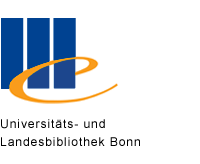Senegal has experienced a rapid expansion in fixed and mobile broadband Internet infrastructure over the past decade. This paper examines the relationship between access to broadband internet and household welfare between 2011 and 2018 by integrating the latest two rounds of household budget surveys with data on the location of fiber-optic transmission nodes and coverage maps of third-generation (3G) mobile technology. Results show that 3G coverage is associated with a 14 percent increase in total consumption and a 10 percent decline in extreme poverty. These results are robust to controlling for spatial characteristics and access to complementary digital infrastructure, as well as to an instrumental variable approach that relies on distance to 3G coverage in neighboring areas. These effects are larger among households in urban areas and households headed by men or younger cohorts. Although in the same direction, welfare effects of proximity to fixed broadband infrastructure are not statistically significant.

